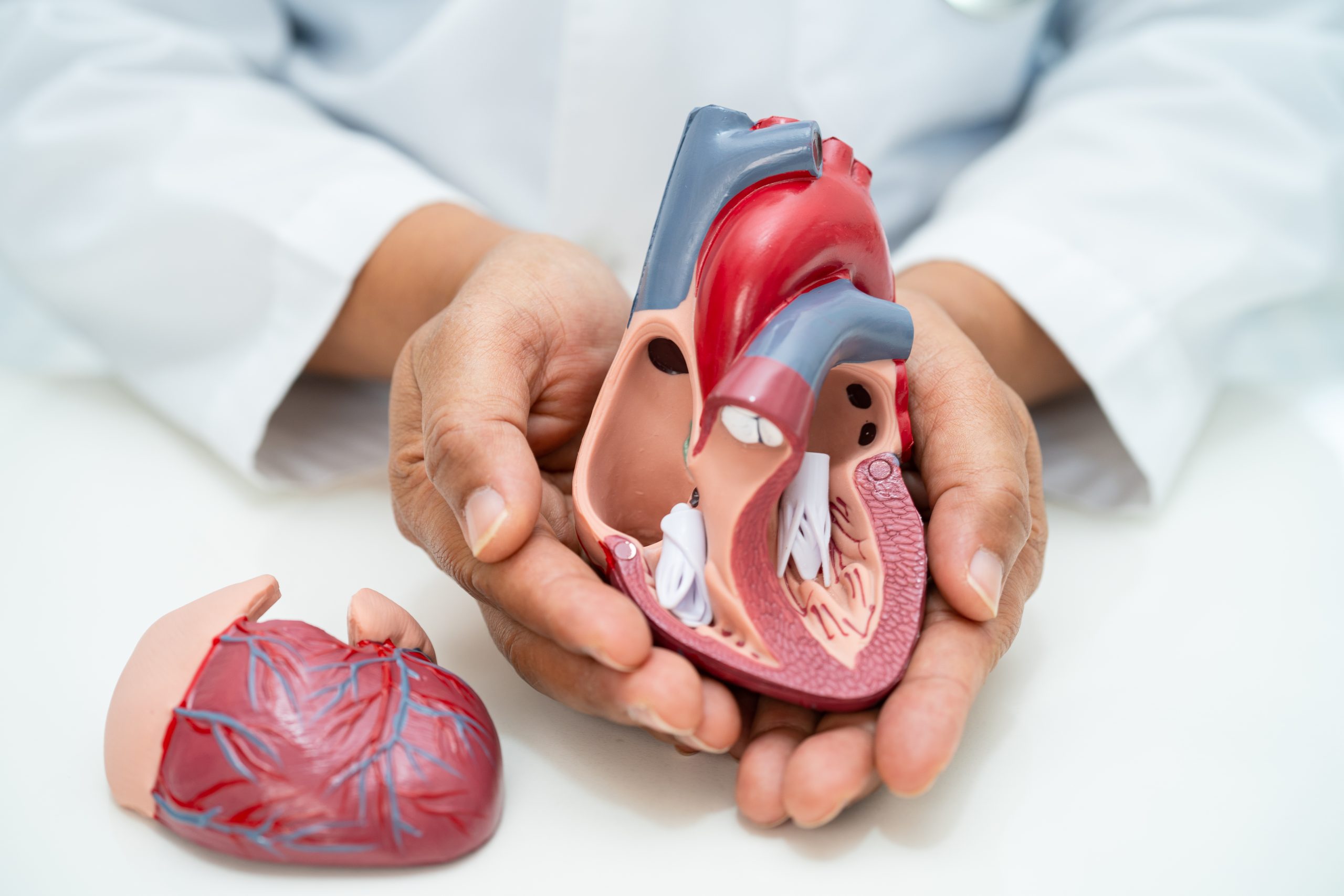High cholesterol, or hypercholesterolemia, is a condition characterized by elevated levels of cholesterol in the blood, which can increase the risk of cardiovascular diseases, including heart attack and stroke. Cholesterol is a waxy substance produced by the liver and obtained from dietary sources, playing essential roles in cell membrane structure and hormone production. However, an excess can lead to the formation of plaque in the arteries, narrowing them and impeding blood flow.
Types of Cholesterol
There are two main types of cholesterol:
- Low-Density Lipoprotein (LDL): Often referred to as “bad” cholesterol, high levels of LDL can lead to plaque buildup in arteries.
- High-Density Lipoprotein (HDL): Known as “good” cholesterol, HDL helps transport cholesterol away from the arteries to the liver for excretion, reducing the risk of heart disease.
Causes and Risk Factors
Several factors contribute to high cholesterol levels:
- Diet: A diet high in saturated fats, trans fats, and cholesterol can raise LDL levels.
- Lack of physical activity: Sedentary lifestyles can contribute to weight gain and high cholesterol.
- Obesity: Excess body weight often correlates with higher LDL levels.
- Genetics: Familial hypercholesterolemia is a genetic disorder that results in extremely high cholesterol levels.
- Age and gender: Cholesterol levels tend to rise with age, and men generally have higher levels than women until menopause.
Symptoms
High cholesterol typically does not present noticeable symptoms; however, it can lead to serious complications such as:
- Chest pain (angina) due to reduced blood flow to the heart.
- Heart attack or stroke resulting from blocked arteries.
Diagnosis
Diagnosis is made through:
- Blood tests: A lipid panel measures total cholesterol, LDL, HDL, and triglycerides.


